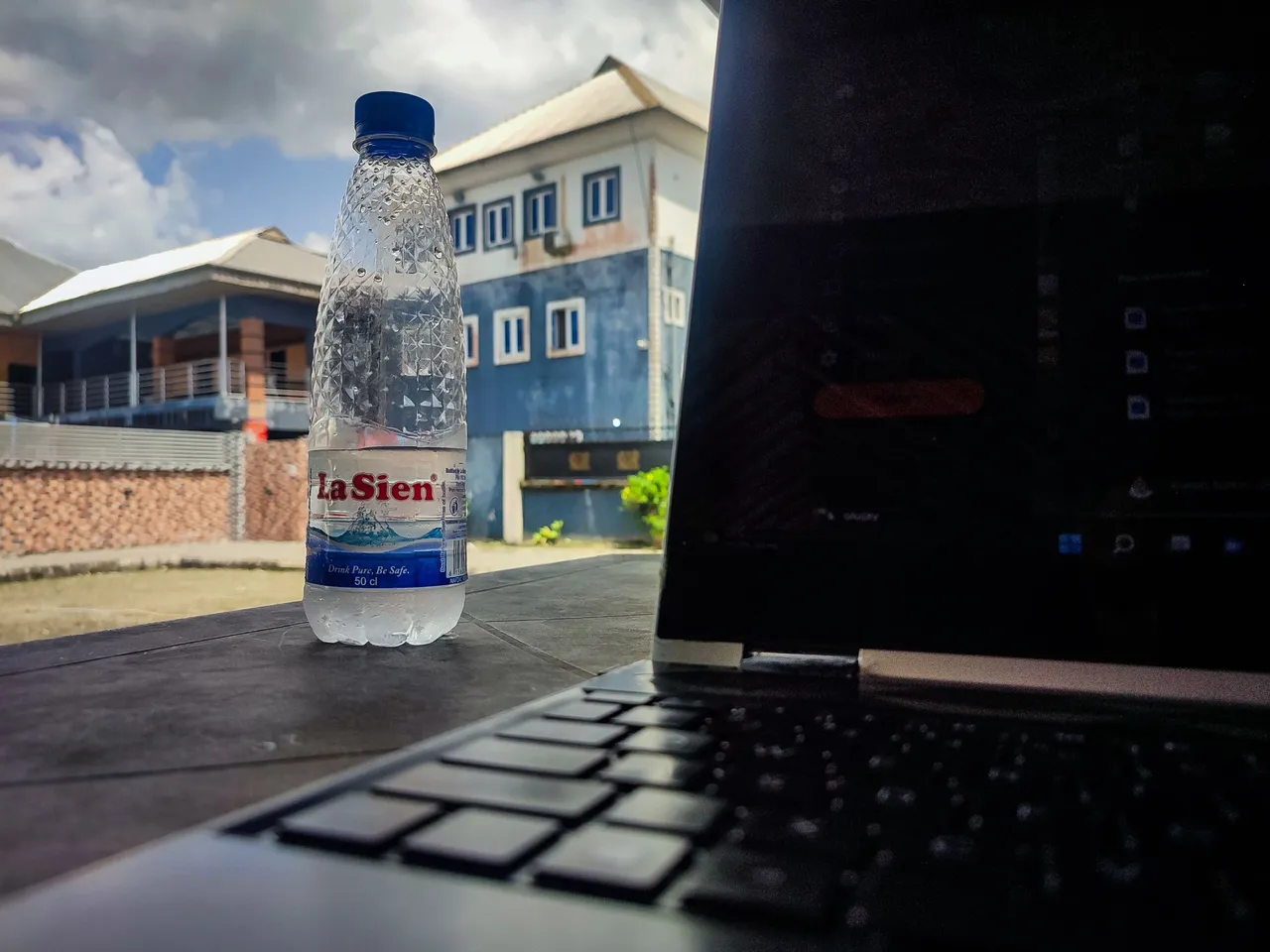There are times in our lives that we feel like we are making good progress, after all that we may have been through, and then we get to this plateau where it feels like one is stuck. The way forward is usually the million-dollar question. How do you handle it?

I hung out often with a friend of mine who was very good at touch typing, and that eventually spurred my interest in learning it and getting good at it. The beginning, however, was so much of a struggle that I quit a few times after trying again and again. My phone sufficed for many other activities, so I didn't bother much with touch typing like I ought to as someone willing to learn.
My phone then developed a fault that made interacting with its screen a real pain in the neck. That meant that I couldn't type for my post on Hive, chat with people, or do things of that sort. I became dependent on the very PC that I had neglected because I felt so much friction in trying to learn how to touch type.
Like every other thing that one learns for the first time, touch typing seemed so difficult. It was understandable. After all, my brain wasn't configured for such a task, and the nerves in my fingers were not accustomed to typing that way. I thought and understood all that at the time I was learning, so it was indeed "something" in the beginning.
Since I was stuck with my PC for basically everything I needed to do, I interacted with its keyboard every day, and so I thought to keep learning and hoped that it would get easier. I was around 10 words per minute at this time.
It did get easier as I kept on practicing. Soon enough, I was hovering between 20 and 30 words per minute. And that's how the growth kept happening as I learned and practiced every day. Now, I am at 70 words per minute, although I have hit 80 words per minute on some occasions.
It took a little over a year for it to grow from around 10 to 70 words per minute, but that's all speed. Speed isn't exactly the main point of touch typing. The point of touch typing is to efficiently use one's fingers and thumbs to type without needing to look at the keyboard, allowing one to put 100% on the screen. With time, one can become faster than they could have been without learning it.
Lately, however, there is this dissonance I feel between my fingers and my mind. I have always practiced every day, even if it's just for a minute or two at different times of the day, so it bugs me to know that I feel disconnected even after getting this far.
It all became more evident that I had really slacked when I joined a competition that @starstrings01, @tomistark, and I myself created for typing. We wanted to see the best in ourselves when typing.
I would admit that those two are actually more prolific at touch typing, so I didn't expect to find the challenge easy. What I hadn't thought would happen was that I would perform so poorly for most of the challenges. I had my accuracy with typing drop so drastically because I kept making mistakes.
It turned out that I had been practicing a little differently than I should have. Hence, I had picked up some bad habits and gotten used to them. Realising this, I came up with something to help tackle this and get back on track.
I am going to revisit the method followed to learn touch typing, and then take things slow. Rather than chase speed this time, I am going to go back a little and focus more on accuracy and consistency. Hopefully, I'll get to fix the bad habits and become connected with my hands again.
Slowing down isn't a bad thing, really. There are times when one just needs to make a retreat, even if things aren't exactly smooth. We need that time to breathe and maybe reconnect with ourselves.
Original photos
